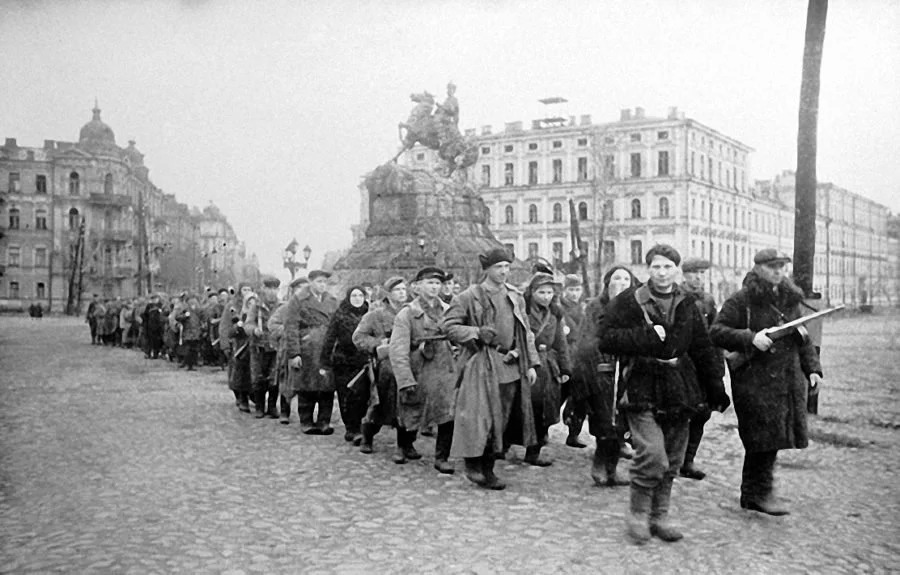WWII in Ukraine
WWII in Ukraine [Pictures, as always, taken from goodreads.com] Description: This is one of those books that follows several main protagonists. For myself, I find… Read More »WWII in Ukraine
WWII in Ukraine [Pictures, as always, taken from goodreads.com] Description: This is one of those books that follows several main protagonists. For myself, I find… Read More »WWII in Ukraine
The September Campaign On September 1, 1939, the Axis Powers launched the September Campaign – their invasion of Poland. Over a million and… Read More »The September Campaign

